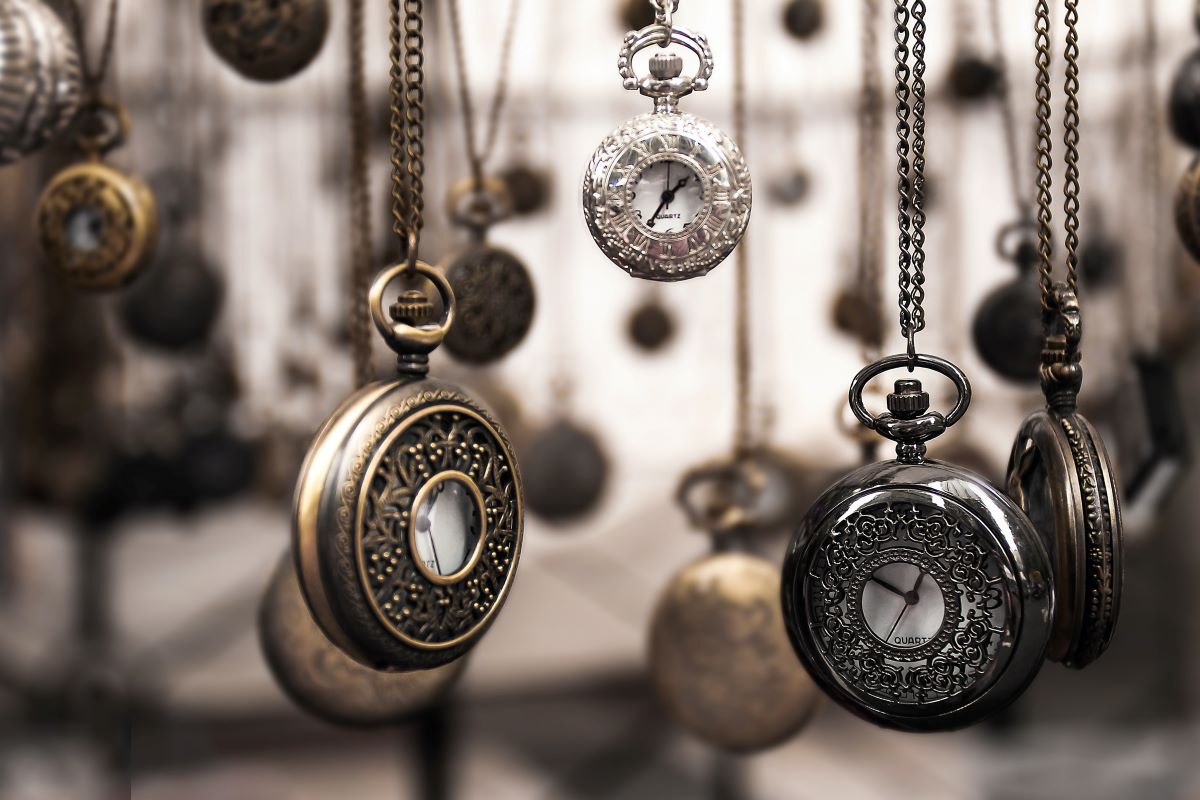Collecting antiques in a pre-selling house and lot Cavite is more than just obtaining old artifacts; it is a voyage into the rich fabric of human history and a means to add a touch of nostalgia and elegance to your living space. Whether owners are experienced collectors or a novice intrigued by the attraction of antiquity, engaging in this intriguing pursuit brings up a world of opportunities to explore, learn, and connect with the past.
Each antique has a story to tell, from delicately built furniture and exquisite vintage literature, artwork, and one-of-a-kind items. So, enter this enthralling realm and allow us to delve into the art of collecting antiques in your home.
Antiques are popular because they provide a tangible link to the past, offer one-of-a-kind items, align with sustainability principles, have investment potential, evoke nostalgia and sentimental value, provide the thrill of the hunt and discovery, and provide opportunities for social and community engagement.
What Are Antique Collectibles?
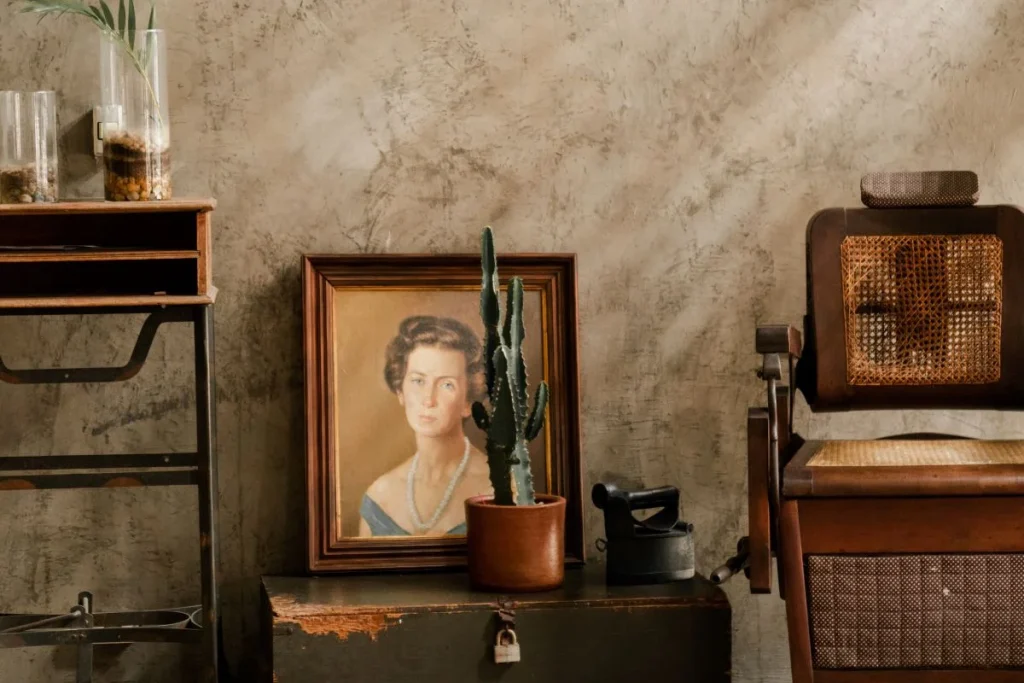
Collectors seek antique goods because of their historical, artistic, cultural, or sentimental significance. They reflect certain eras, displaying excellent craftsmanship and distinguishing features. They provide a tangible link to the past while also providing insights into other cultures and traditions. Antique collecting is both a hobby and an investment, as it can increase in value over time. Collectors find satisfaction in the hunt, discovery, and development of a personalized collection. Individuals can connect with history, show their individuality, and create a character-filled living area by collecting antiques.
Types of Antique Collectibles
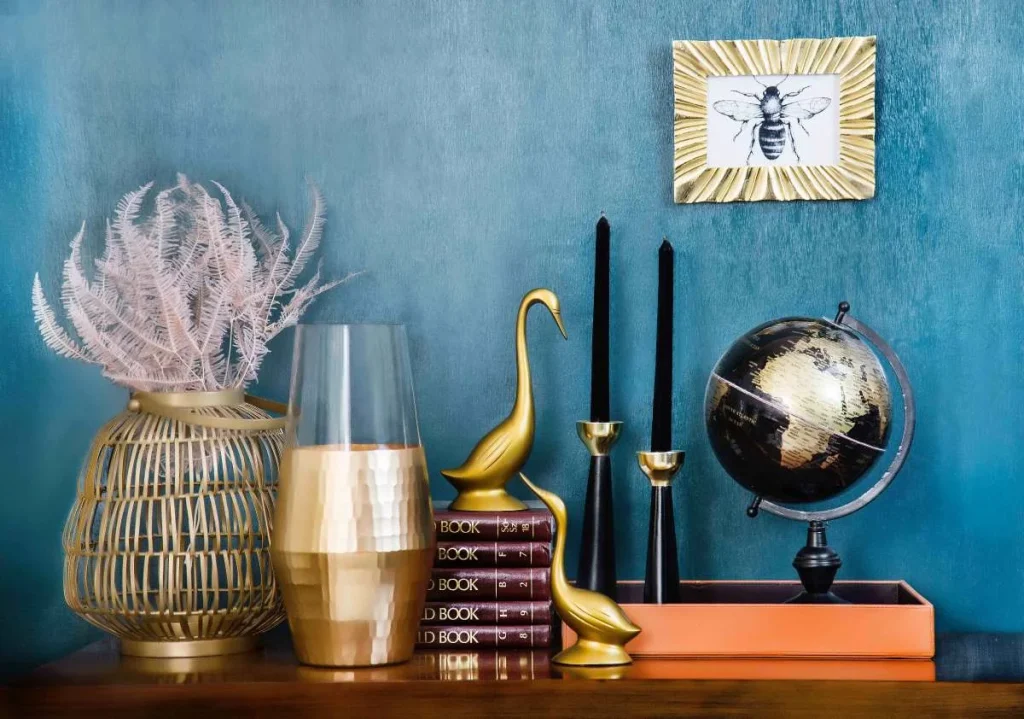
Furniture (tables, chairs, cabinets), ceramics and pottery (porcelain, earthenware), glassware (cut glass, stained glass), silverware (flatware, tea sets), jewelry (rings, necklaces), coins and stamps, books (rare editions, manuscripts), paintings and sculptures, textiles (clothing, tapestries), clocks and watches, and musical instruments (violins, pianos) are all examples of antique collectibles. Collectors can delve into certain periods and styles, such as Victorian, Art Deco, or Renaissance, and learn about the vast range of craftsmanship and historical significance found in each.
Difference Between Antiques and Collectibles?
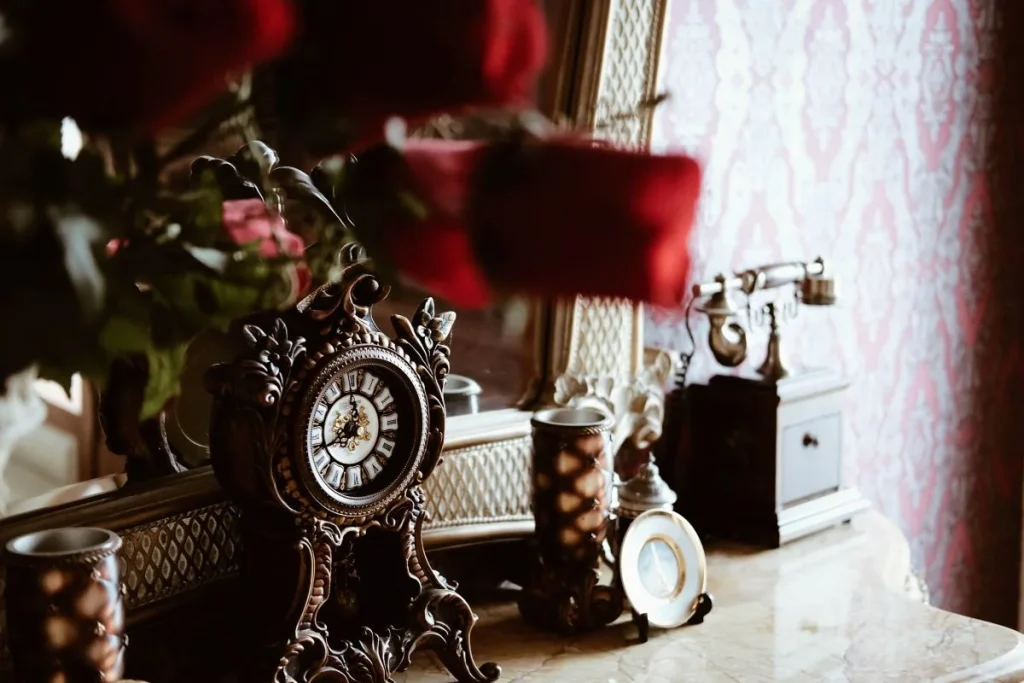
Antiques are artifacts that are at least 100 years old and valuable because of their scarcity, historical relevance, and craftsmanship. Collectors, historians, and fans seek them out because they reveal insights into the past.
Collectibles, on the other hand, are artifacts that are gathered for personal enjoyment, nostalgia, or investment potential. They can be of any age and include artifacts from popular culture, limited editions, sports memorabilia, toys, and other stuff. Collectibles can appreciate in value, but their age does not define them.
In summary, antiques are historical things, whereas collectibles are goods collected for a variety of reasons, regardless of age. Collectibles are a subset of antiques.
Where To Place Your Antiques In Your Home?
In a pre-selling house and lot Cavite, placing antiques demands considerable consideration in order to highlight their beauty while also preserving their condition. Display cabinets, shelving units, wall shelves, mantelpieces, accent tables, and china cabinets are some ideas. Displays on the wall and designed vignettes can also be effective. Proper lighting is essential, and room layout should take into account the overall aesthetics and design of the property.
How to Preserve These Antique Collectibles?
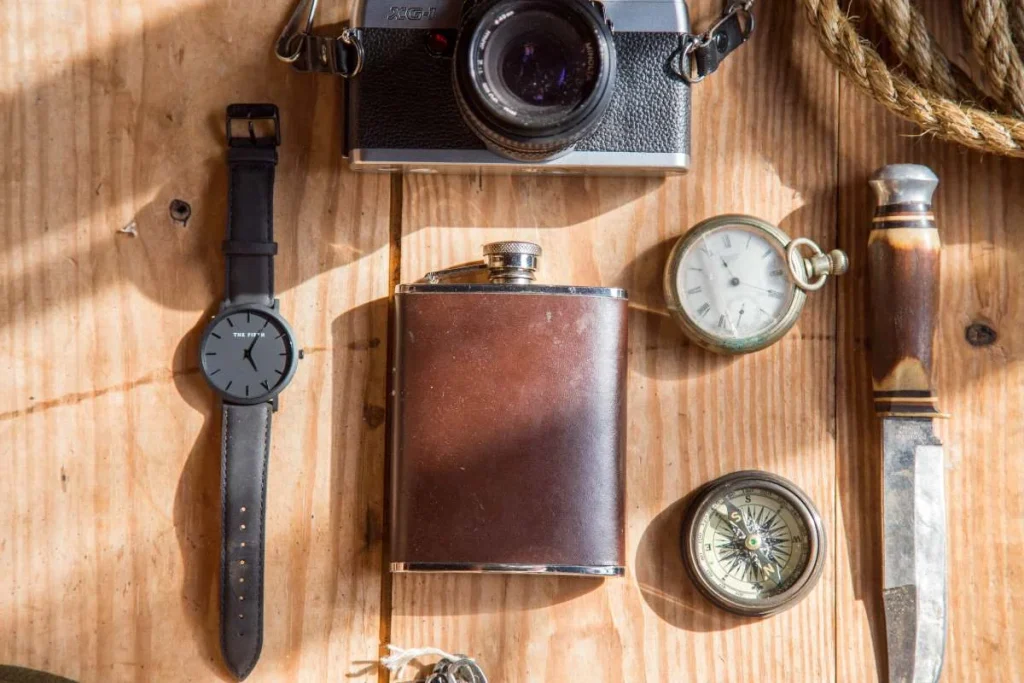
It is critical to preserve antique collectibles in order to keep their condition, worth, and historical significance. Following are some general guidelines:
- Furniture should be kept away from direct sunshine, heat sources, and areas with excessive humidity. Use a gentle cloth to gently clean.
- Handle ceramics and pottery with care, store in a stable atmosphere, avoid drastic temperature changes, and store with acid-free padding.
- Handle glassware with care, clean with mild cleaners, and store securely.
- Silverware should be stored in tarnish-resistant fabric or pouches, cleaned with a moderate silver polish on a regular basis, and handled with clean hands.
- Jewelry should be stored in separate compartments or bags, cleaned with a soft cloth or specialized cleaner, and removed before engaging in activities that could damage it.
- Books should be stored in a cool, dry location with excellent ventilation, away from sunlight and humidity. Handle with clean hands and avoid putting strain on the spine.
- Paintings and sculptures should be displayed in a controlled atmosphere with enough lighting and humidity. Avoid direct sunlight and direct contact.
Most Valuable Antiques in the Philippines
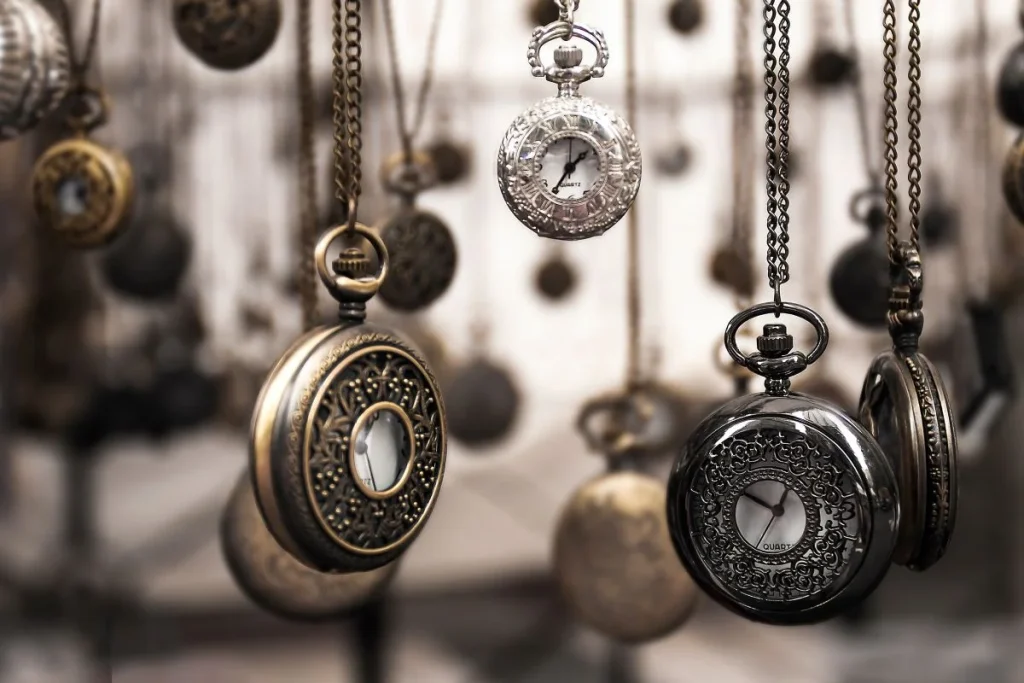
The Philippines is home to numerous rare antiques that reflect its cultural heritage:
- Carved wooden religious figures from the Spanish colonial period are known as Philippine Santos Statues.
- Philippine Gold: Pre-colonial and Spanish colonial gold jewelry, relics, and ceremonial objects.
- Intricate church artifacts such as altarpieces, retablos, and religious icons are examples of Baroque church art.
- Antique Filipino Furniture: Furniture from the Spanish colonial era that showcases Filipino craftsmanship.
- Vintage Philippine Textiles: Handwoven fabrics such as pia, jusi, and abaca are rare and culturally valuable.
- Pre-colonial and Spanish colonial ceramics from the Philippines, include burial jars and decorative vases.
- Antique Philippine Maps and papers: Spanish colonial-era maps, manuscripts, and papers.
The value of an item is determined by its age, rarity, condition, historical significance, and collector demand. Authenticity and provenance are critical considerations.
Why Collecting Antiques Is Not An Easy Job?
Due to considerations such as rarity and availability, authentication and provenance, condition and restoration, market value and pricing swings, continual research and learning, preservation and conservation requirements, and the financial commitment required, collecting antiques is difficult. Patience, dedication, knowledge, and a love of history and craftsmanship are all required. Despite the difficulties, collecting rich antiques may be extremely gratifying for collectors.
The worth of an antique-filled property is determined by characteristics such as rarity, quality, condition, historical relevance, and market demand. Antiques that have been well-curated can boost the overall worth of the house and attract purchasers who recognize their significance. However, the subjective character of antique value and market changes must be taken into account. It is best to consult a trained assessor to ascertain the exact worth depending on the specific products and current market conditions.
Related Blog: Why do people spend a huge amount on collectibles? And are they a good investment?


